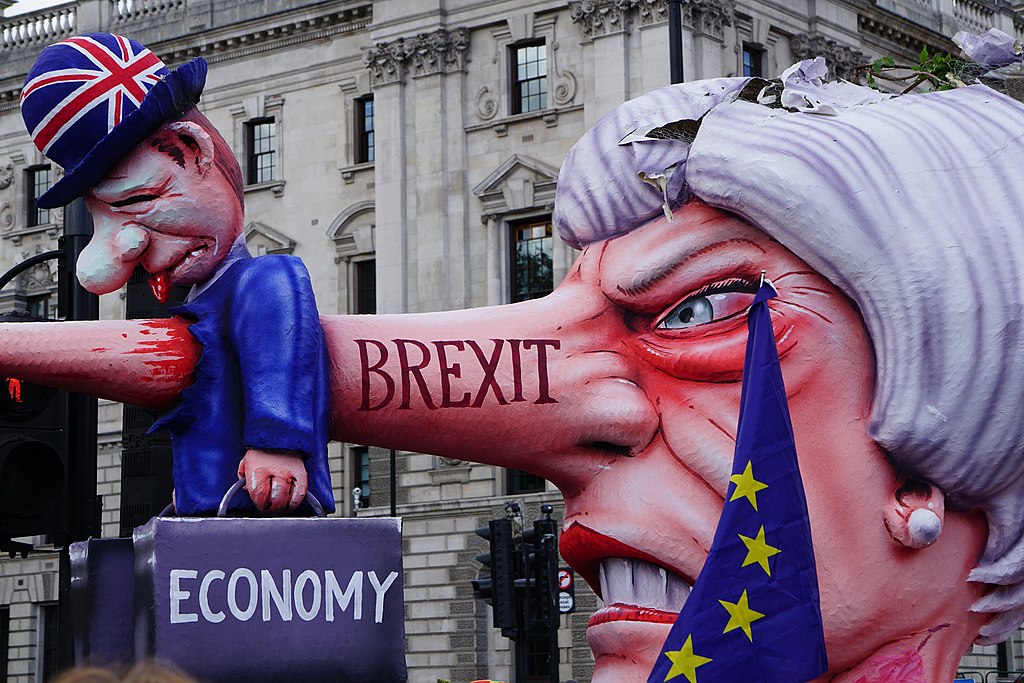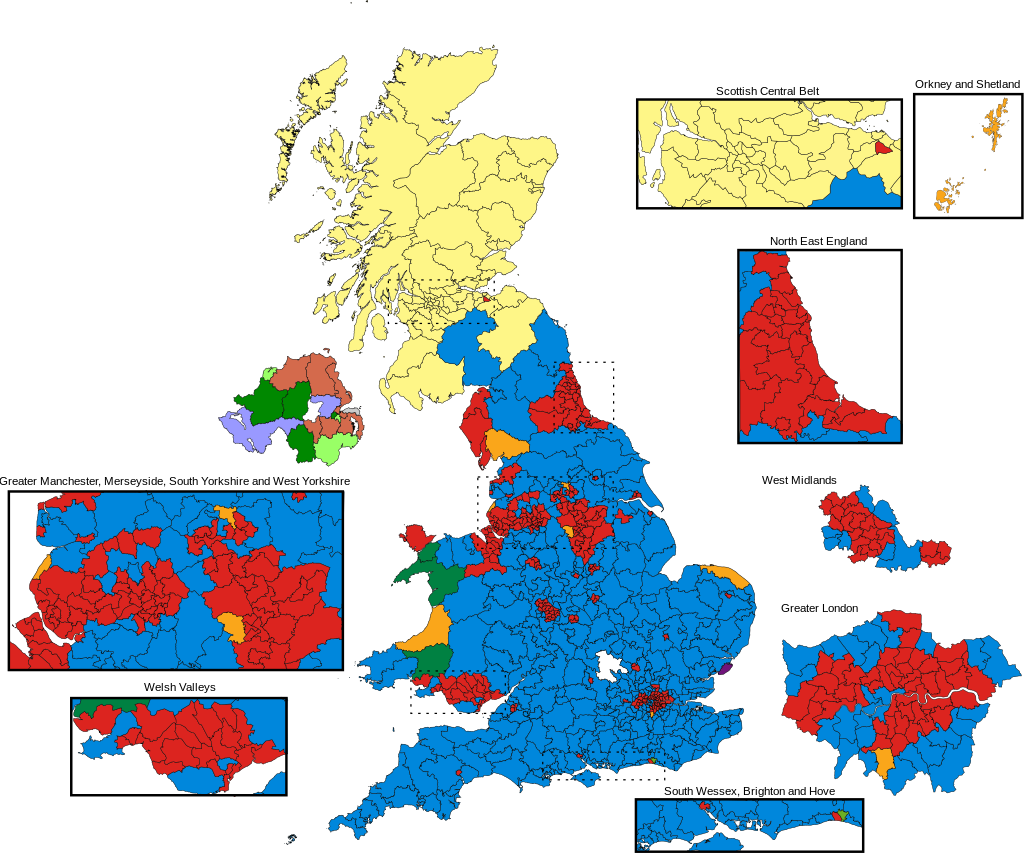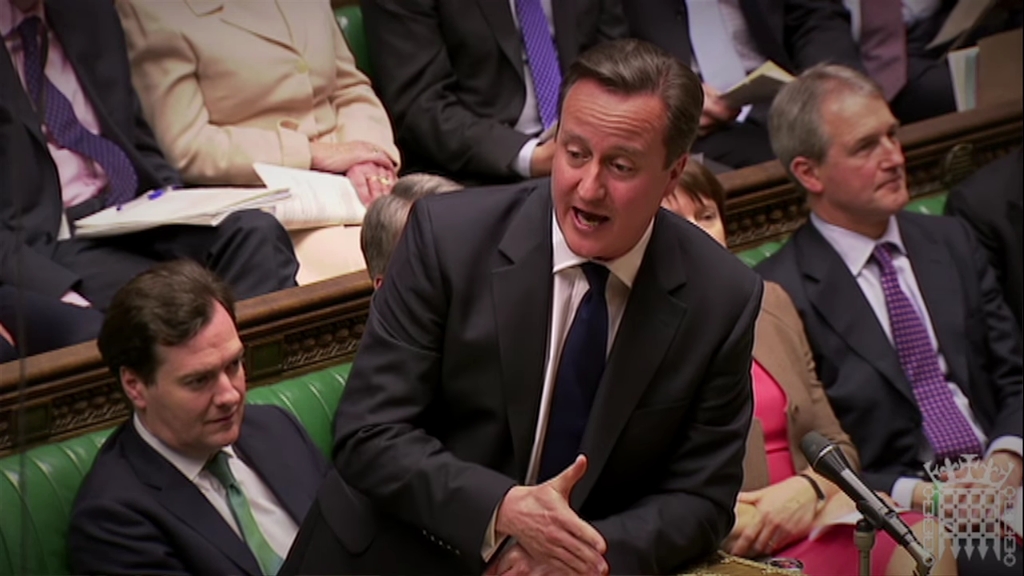
Let’s plunge deeper into our Tory manifesto autopsy, turning the spotlight on the 2015 General Election – the critical juncture that set the stage for the Brexit saga. Yesterday, we picked apart the 2010 manifesto, revealing a trail of unfulfilled promises. Now, we examine 2015, the year the Conservatives not only consolidated power but also planted the seeds for one of the most divisive chapters in British political history.
This review is more than a retrospective glance; it’s a deep dive into the origins of a decision that reshaped Britain’s place in the world. We will dissect the Conservatives’ pledges and their subsequent actions, or glaring inactions, that led us down the Brexit rabbit hole. This isn’t just about broken promises; it’s about understanding the seismic shifts in policy and politics that have since dominated our discourse.
The significance of 2015 cannot be overstated. It was a year that started tilting the scales, setting in motion events that would lead to a fractured nation and a political landscape forever altered. As we dissect this pivotal manifesto, we aim to equip you with the insights needed to navigate the ongoing political turmoil and prepare for future electoral decisions.
So, buckle up as we delve into the 2015 manifesto, where the Tories’ promises meet the harsh light of reality, and the path to Brexit begins to unfold. This piece isn’t just essential reading; it’s a critical tool for understanding how we got here and where we might be heading next.
Fact Sheet: The Tory Government (2015-2017)
Government Tenure:
- Began: May 8, 2015
- Ended: June 9, 2017
Leadership during 2015-2017:
- Prime Minister: David Cameron (2015 – 2016), Theresa May (2016 – 2017)
- Home Secretary: Theresa May (2015 – 2016), Amber Rudd (2016 – 2017)
- Chancellor: George Osborne (2015 – 2016), Philip Hammond (2016 – 2017)
- Foreign Secretary: Philip Hammond (2015), Boris Johnson (2016 – 2017)
National Result
Composition of the House of Commons
Economy:
- Surplus by 2018? ❌
- A fantasy tale of fiscal discipline. The Tories’ promise of a surplus was like chasing a mirage. Every time we looked, the finish line had moved further away.
- No tax rise pledge. ✅
- They held firm on not hiking key taxes, but let’s face it, this was more about optics than easing financial burdens. A stagnant tax in a rising cost world is no victory.
- Tax evasion crackdown. ✅
- Sure, they went after tax evaders, but it was like plugging a leak in a dam with chewing gum. The systemic rot remains untouched.
Jobs and Investment:
- Full employment dream. ✅
- They touted job creation, but it’s the quality, not quantity, that counts. It’s like serving a banquet of empty calories.
- Apprenticeship increase. ✅
- A good step, but hardly a cure-all for youth employment woes. It’s like putting a Band-Aid on a broken leg.
Taxation and Welfare:
- Raising the 40p tax threshold. ✅
- A clever ploy to appease the middle class. It’s like giving someone a parachute made of paper – it looks good until you jump.
- Freezing working-age benefits. ✅
- The epitome of austerity’s cruel grip. Freezing benefits in a time of need is like withholding water in a drought.
Immigration:
- Capping non-EU skilled migration. ✅
- They played the control card well, but it was a narrow, short-sighted solution to a complex issue. Like trying to fix a Swiss watch with a sledgehammer.
Education and NHS:
- Investment in schools. ✅
- Throwing money at schools without a holistic plan is like trying to cure a disease with a placebo.
- Push for free schools. ✅
- More free schools, more problems ignored. It’s a smokescreen for the deeper crises in education.
Foreign Affairs and Defence:
- EU referendum promise. ✅
- The referendum pledge was a political earthquake, turning the UK’s future into a game of Russian roulette.
Others:
- Scrapping the Human Rights Act. ❌
- All roar, no bite. Their tough talk on human rights reform ended up like a lion turning into a mouse.”
Overall Percentage Fulfillment of the 2015 Manifesto: 60 per cent
Alright, let’s dissect the 2015 Tory manifesto, the genesis of our current Brexit circus and the relentless merry-go-round of Prime Ministers. This document was less a roadmap for governance and more a script for political chaos.
Economically, their surplus promise was as grounded in reality as a unicorn in a field of four-leaf clovers. And the Northern Powerhouse? More like a Northern Flicker – a lot of fluttering, no real flight.
Jobs and investment? Picture them throwing lifelines of questionable quality to a sea of economic uncertainty. It’s like offering a Band-Aid for a broken arm.
Taxation and welfare were a juggling act of populist moves and austerity measures. It’s like giving someone a glass of water to douse a forest fire – well-intentioned but woefully inadequate.
The immigration policy was a reactionary nod to rising anti-immigration sentiment, a policy more about appeasing a certain voter base than addressing the complexities of global migration.
Education and the NHS got some attention, but it was akin to putting lipstick on a pig. Sure, it’s a change, but the underlying problems? Still there.
And let’s not forget their justice reforms and the so-called ‘scrapping’ of the Human Rights Act, more hollow than a chocolate Easter bunny. Big words, no action.
Then there’s the EU referendum – their pièce de résistance. This wasn’t just opening Pandora’s Box; it was throwing it wide open and dancing on the lid. The fallout? A conveyor belt of PMs – May, Johnson, Truss, Sunak – each less effective than the last, none completing a full term.
In essence, the 2015 manifesto was a case study in overpromising and under delivering. It was the beginning of a political farce that saw principles sacrificed on the altar of political expediency, leaving us with a legacy of division, uncertainty, and a parade of ineffectual leadership.
The Legacy of the 2015 Tory Government
In 2015, the Tories came in swinging with promises as lofty as a skyscraper, but let’s face it, their legacy is more akin to a house built on sand – shaky, unreliable, and sinking under the weight of its own grandiose plans.
This government, oh boy, where do I start? It’s like they threw a bunch of darts at a board of policies, hoping something would stick. They vowed fiscal responsibility but ended up like a gambler betting on a lame horse. They promised to run a surplus by 2018, yet we saw as much chance of that happening as finding a unicorn in the Highlands. It was more of a fiscal fantasy than a plan.
Their job creation and apprenticeship plans, while noble on paper, often felt like putting a Band-Aid on a broken leg. Sure, they made some dents here and there, but for many, it was like waiting for a bus that never arrives. The “Northern Powerhouse” was more of a Northern Power outage. A lot of noise, but where was the electricity?
Taxation and welfare changes? Classic Tory sleight of hand – give a little here, take a lot there. They threw a few crumbs to the masses while quietly tightening the screws where it hurt the most. It’s like being grateful for an extra teaspoon of gruel in the workhouse.
On immigration, they played to the gallery, but the real picture was a muddled mess. They set targets like someone setting New Year’s resolutions – ambitious, but mostly wishful thinking. It was more about placating certain sections than creating a cohesive policy.
And let’s not forget the grand EU referendum saga – the pièce de résistance of their term. It was like opening Pandora’s box and then asking why all the trouble started. The referendum left a legacy of division, uncertainty, and a Britain grappling with its identity and place in the world.
In essence, the legacy of the 2015 Tory government is a tale of unfulfilled promises, half-baked policies, and a country left at a crossroads. It’s like they led us on a wild goose chase, and then left us wondering why we’re still holding the bag. It was a government of soundbites over substance, leaving a legacy as stable as a house of cards in a stiff breeze.
Originally published by the author on Substack.







